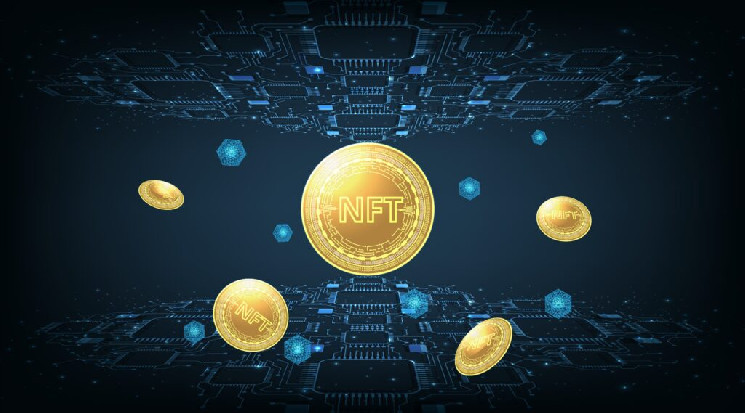Layer-1 blockchain Flare has successfully completed a live demonstration on Flare’s canary network Songbird showing a new interoperability functionality allowing for trustless purchasing of an NFT on Flare using tokens of a different blockchain.
During the live demonstration, two core interoperability protocols, Flare Time Series Oracle (FTSO) and State Connector were used to purchase an NFT and the transaction took place on a different chain using a different token. In particular, Dogecoin (DOGE) and Ripple (XRP) tokens were used to purchase the NFT during the demonstration.
Commenting on the live demo, Flare CEO and co-founder Hugo Philion said:
“This demo highlights Flare’s ability to provide more types of secure, decentralized data on-chain in order to power new functionality and potential use cases for the industry. The NFT demo is one example of the web3 utility Flare can unlock for legacy tokens, enabling them to be used trustlessly in dapps on the network. We are excited to see what other applications engineers can develop, harnessing the capabilities of Flare’s native interoperability protocols.”
Flare’s State Connector protocols
The State Connector protocols of Flare allow users to securely, scalably, and trustlessly use information with EVM-based smart contracts on Flare chains from both the internet and blockchains.
In the demonstration, a State Connector protocol was used to prove that the transaction was confirmed on a non-Flare chain. It also verified that the correct payment reference was included.
Flare’s Time Series Oracle
The Flare Time Series Oracle on the other hand delivers highly decentralized price and data feeds to decentralized applications dApps on Flare, without using a centralized provider to bring the data on-chain. During the demonstration, it provided live price updates of the NFT in the currency of the other chain.
Basically, anything that can be done on Ethereum and other EVM chains is possible on Flare because Flare is an EVM-based blockchain. Needless to say that the NFTs that were minted during the demonstration were standard ERC721 contracts written in Solidity language.
 invezz.com
invezz.com
